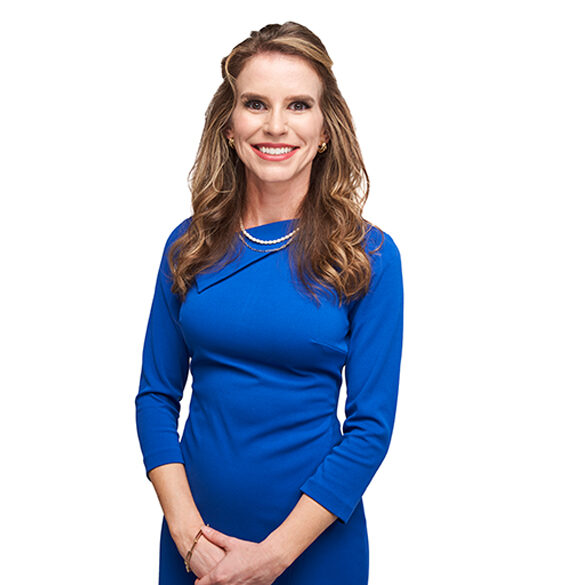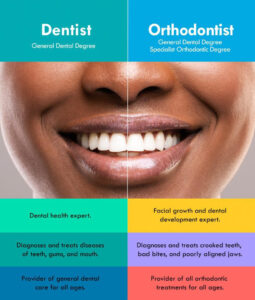Causey + Hall Orthodontics Fundamentals Explained
Causey + Hall Orthodontics Fundamentals Explained
Blog Article
How Causey + Hall Orthodontics can Save You Time, Stress, and Money.
Table of ContentsExamine This Report on Causey + Hall OrthodonticsEverything about Causey + Hall Orthodontics3 Simple Techniques For Causey + Hall OrthodonticsThe Only Guide for Causey + Hall OrthodonticsThe Of Causey + Hall OrthodonticsHow Causey + Hall Orthodontics can Save You Time, Stress, and Money.
What is the distinction in between a dentist and an orthodontist? All dentists, including orthodontists, deal with the teeth, gums, jaw and nerves.Orthodontists and dentists both offer oral take care of clients. Orthodontists can operate in a dental workplace and supply the exact same treatments as various other dental professionals. So you can assume of both doctors who deal with gum tissue and teeth troubles. The primary difference is that becoming an orthodontist requires a certain specialized in treating the imbalance of the teeth and jaw.
An orthodontist is a dentist that has actually undergone training to focus on the medical diagnosis, avoidance and therapy of abnormalities in the jaw and teeth. Their training includes remedying these existing conditions. They can also identify potential troubles in teeth positioning that may create when problems are left untreated. Orthodontists can help people of all ages - https://justpaste.it/c2am5.
About Causey + Hall Orthodontics
This includes all the needed education to become a general dental expert. According to the American Student Dental Organization (ASDA), it suggests you will require to have either a Physician of Medication in Dental Care (DMD) or a Medical Professional of Dental Surgical Treatment (DDS). To put it simply, orthodontists require to finish oral institution and after that obtain an orthodontics specialty education and learning.


When you have a healthy and balanced bite, you can speak, eat and eat effectively, therefore boosting your lifestyle. Apart from the orthodontist, we often see aides dealing with these oral specialists in their facilities. So, what is an orthodontist aide called? They're properly called orthodontic aides. They are specialized assistants, and are trained to manage dental gear and offer preventative oral healthcare.
Causey + Hall Orthodontics Things To Know Before You Get This
In enhancement, we provide adjustable treatment schedules, flexible payment alternatives and an enjoyable, satisfying experience.
An orthodontist is a dental professional educated to identify, protect against, and deal with teeth and jaw irregularities. Orthodontists function with people of all ages, from youngsters to grownups.
All orthodontists are dental practitioners, yet not all dentists are orthodontists. Orthodontic residency programs use extensive, focused direction for dental professionals. They concentrate on 2 areas: Just how to appropriately and securely relocate teeth Just how to effectively assist growth in the teeth, jaw, and faceOnce an orthodontist has completed training, they have the alternative to come to be board licensed. the original source
The Buzz on Causey + Hall Orthodontics
Imbalance, or malocclusion, is one of the most usual reason people see an orthodontist - braces. It is hereditary and is the result of size distinctions between the upper and reduced jaw or between the jaw and teeth. Malocclusion leads to tooth congestion, an askew jaw, or uneven bite patterns. Malocclusion is usually treated with: Your orthodontist attaches steel, ceramic, or plastic square bonds to your teeth.
If you have only minor malocclusion, you may be able to make use of clear dental braces, called aligners, rather than traditional dental braces. Some individuals need a headgear to assist move teeth right into line with pressure from outside the mouth. After dental braces or aligners, you'll need to put on a retainer. A retainer is a customized device that keeps your teeth in position.
They're most commonly used on kids. They can create extra space in the mouth without needing to pull teeth. If you have a major underbite or overbite, you could need orthognathic surgical treatment (also called orthodontic surgical procedure) to lengthen or shorten your jaw. Orthodontists utilize wires, medical screws, or plates to sustain your jaw bone.
Getting My Causey + Hall Orthodontics To Work
During your first orthodontic appointment, you'll likely have: A dental examPhotos taken of your face and smileDental X-raysPanoramic (360 degree) X-rays of your face and headImpressions to produce mold and mildews of your teethThese examinations will assist your orthodontist know exactly how to proceed with your treatment. An orthodontist is a dental practitioner that's had training to treat your teeth and jaw.
Orthodontists may perform surgical treatment, exams,X-rays,and even more to aid you attain a more comfortable, healthier smile. An orthodontist is concentrated on your bite, so something like a broken tooth would be managed by a dental practitioner. Orthodontists are dental experts however not all dentists are orthodontists. Orthodontists are concentrated on your bite, or the means your teeth meshed, and the straightness of your teeth.
Causey + Hall Orthodontics Fundamentals Explained
What exactly does an orthodontist do? Orthodontists are oral experts that concentrate on fixing irregularities in the teeth and jaws.

Clear aligners, like Invisalign, are a prominent option for patients looking for an extra discreet treatment option. These detachable trays are custom-made to considerably shift the teeth's setting. Headgear might be used in conjunction with dental braces or aligners to apply added targeted pressures, especially for fixing jaw discrepancies. In instances of slim jaws, palatal expanders can be utilized to create area for proper tooth placement.
Report this page